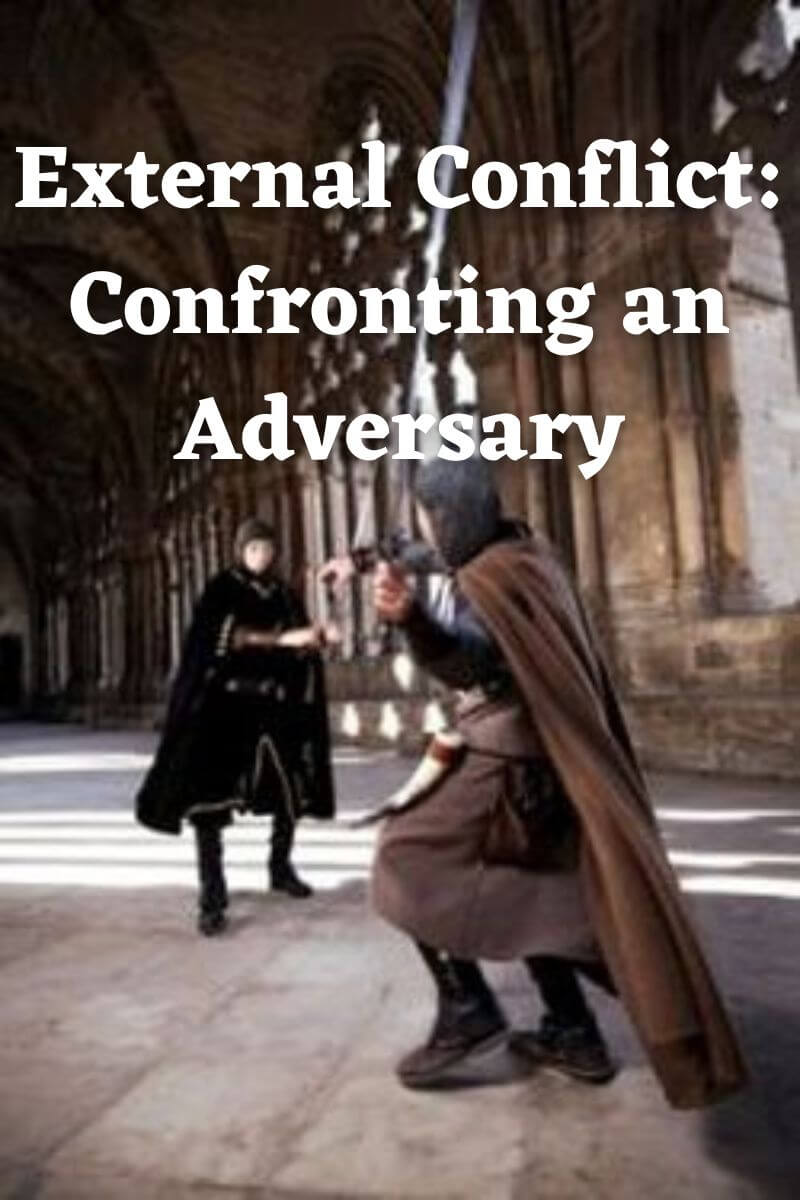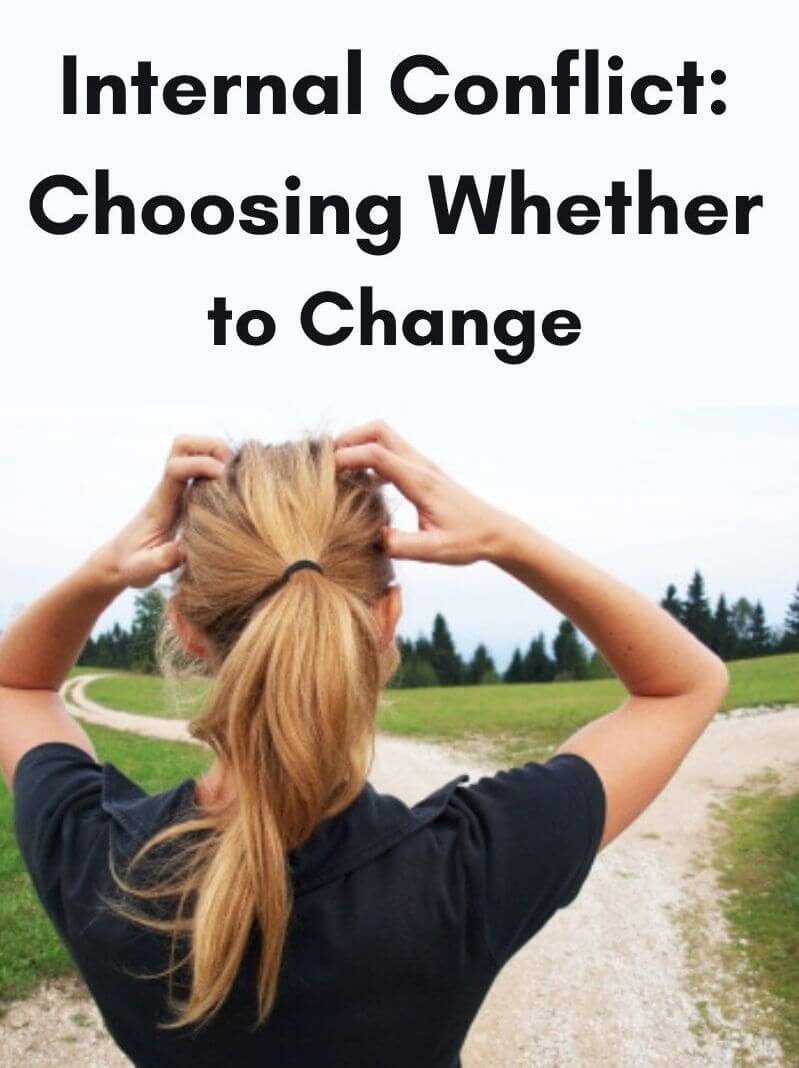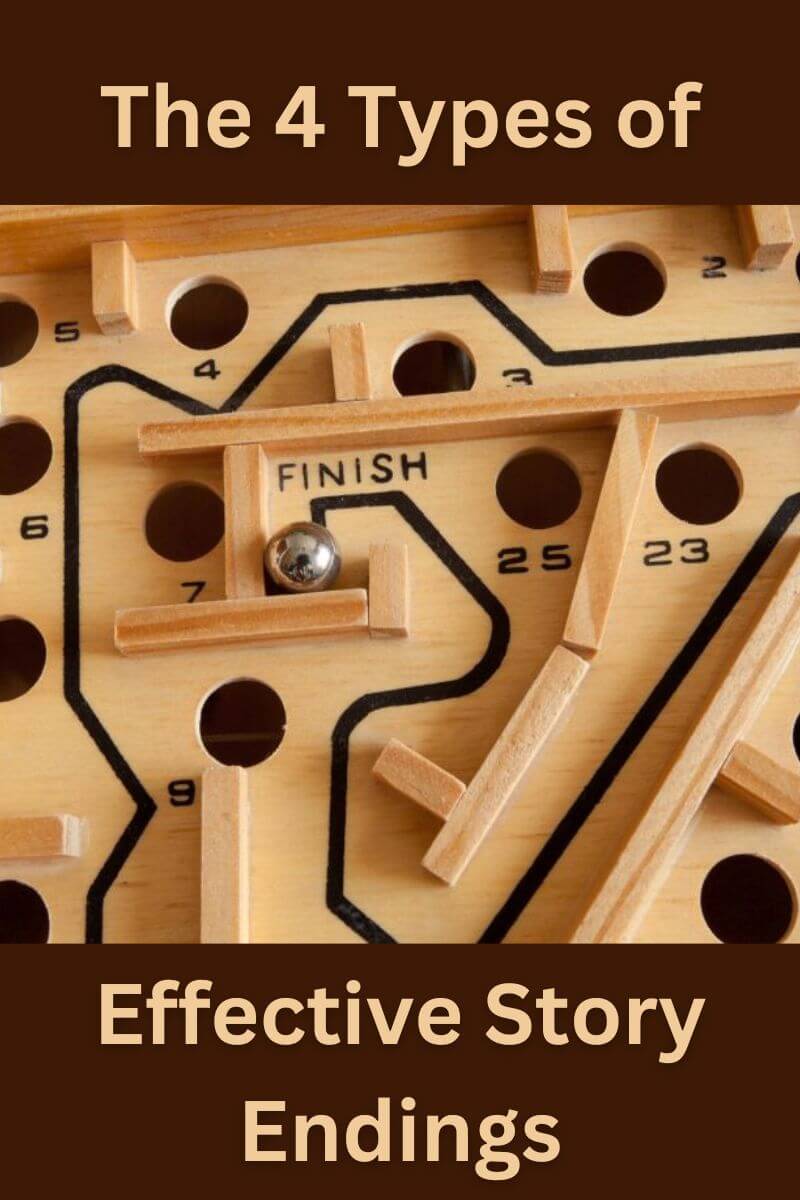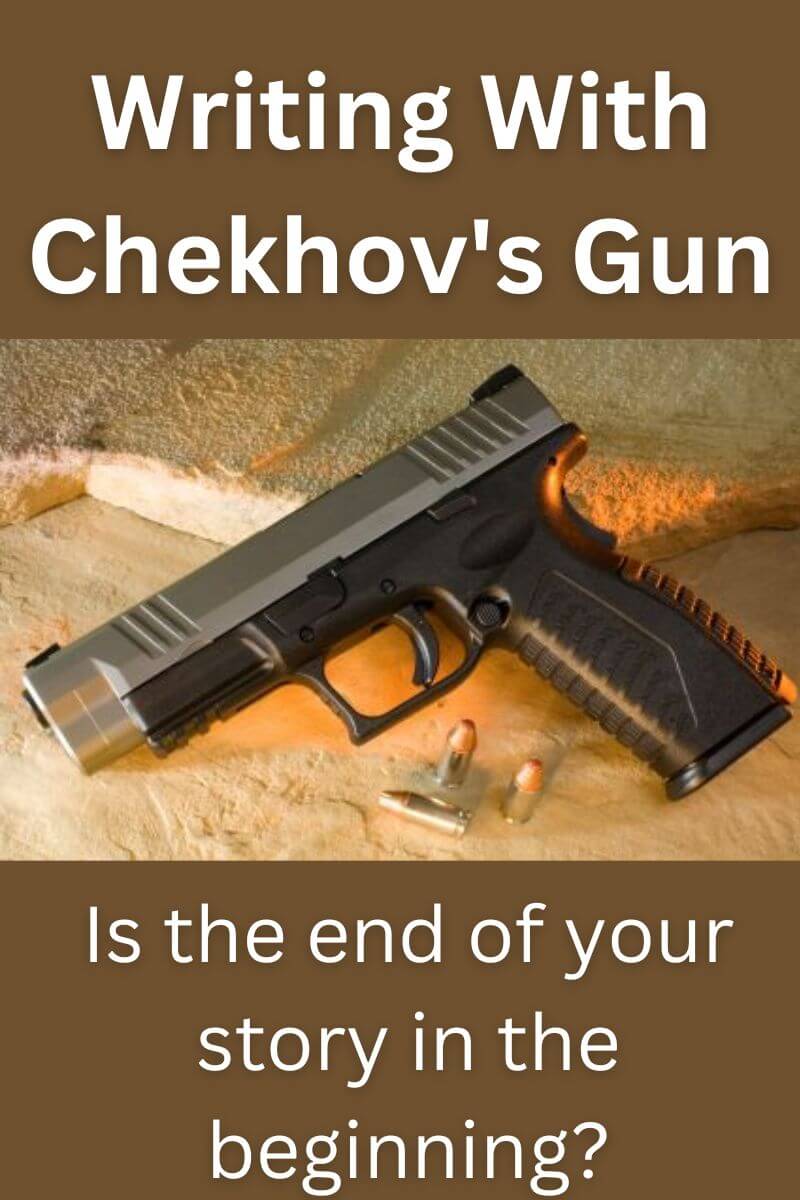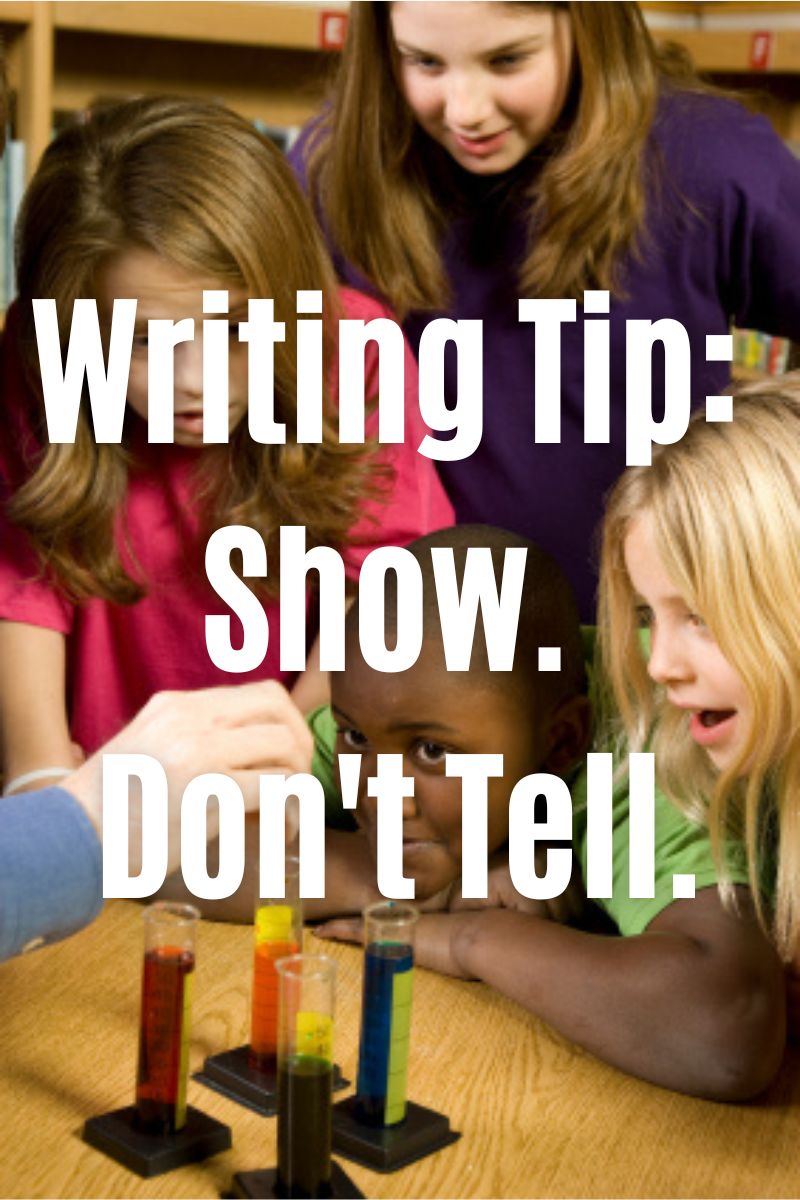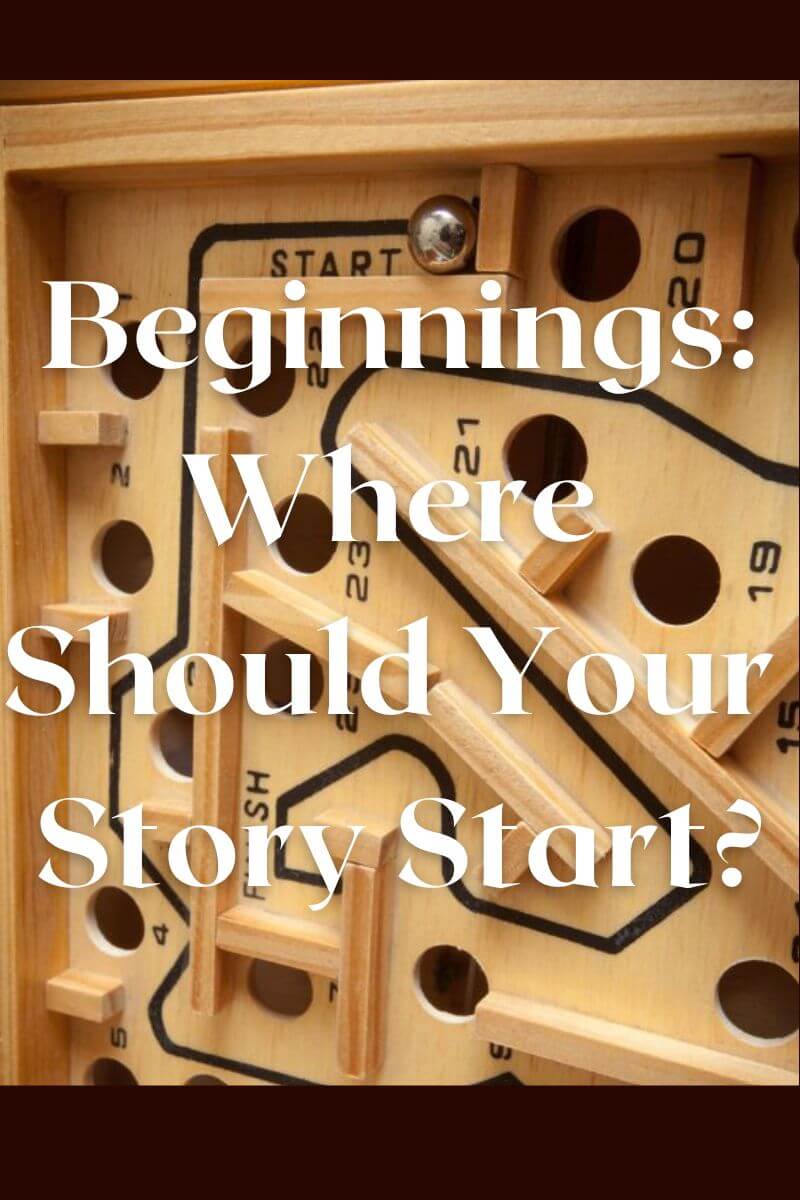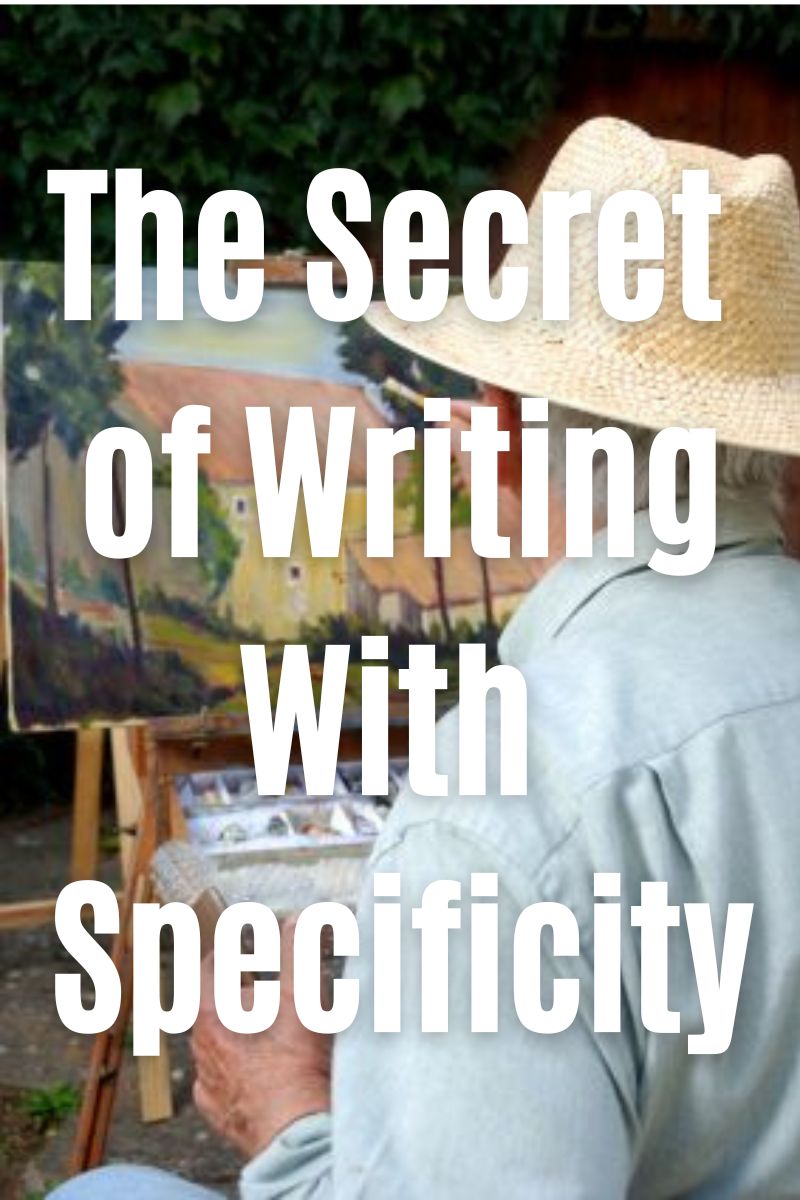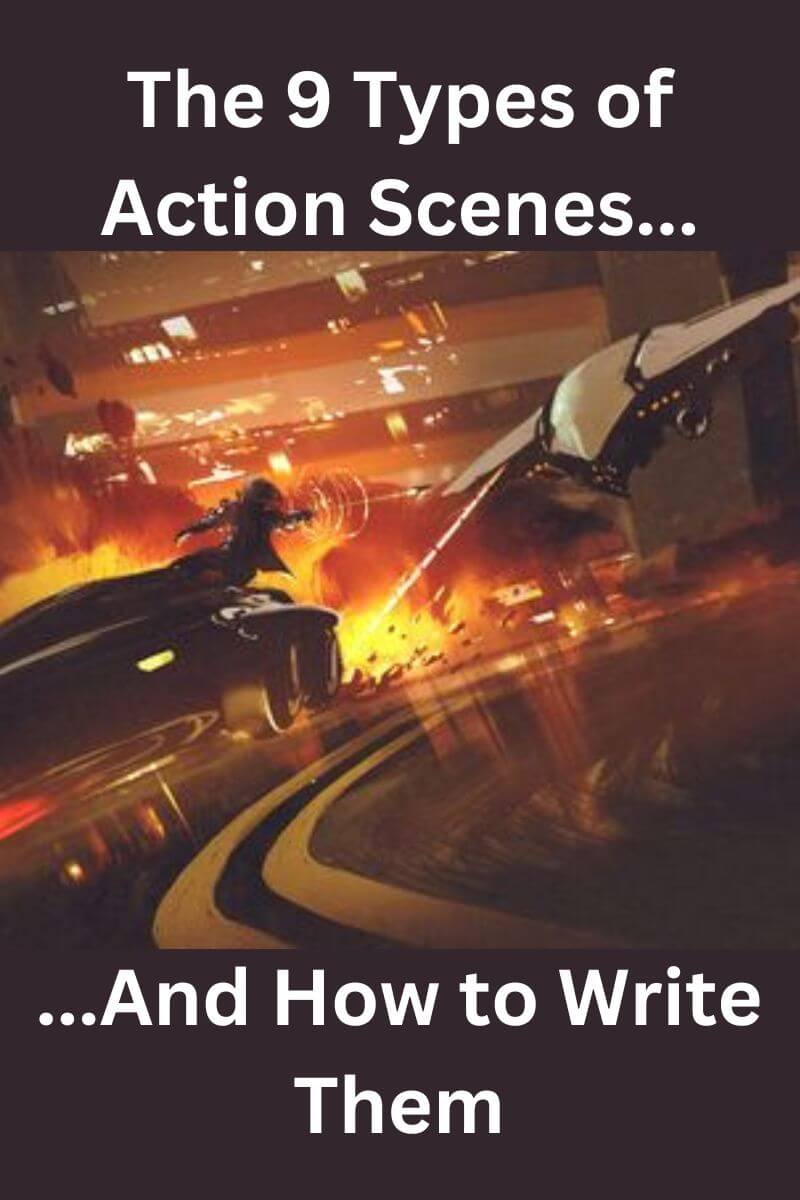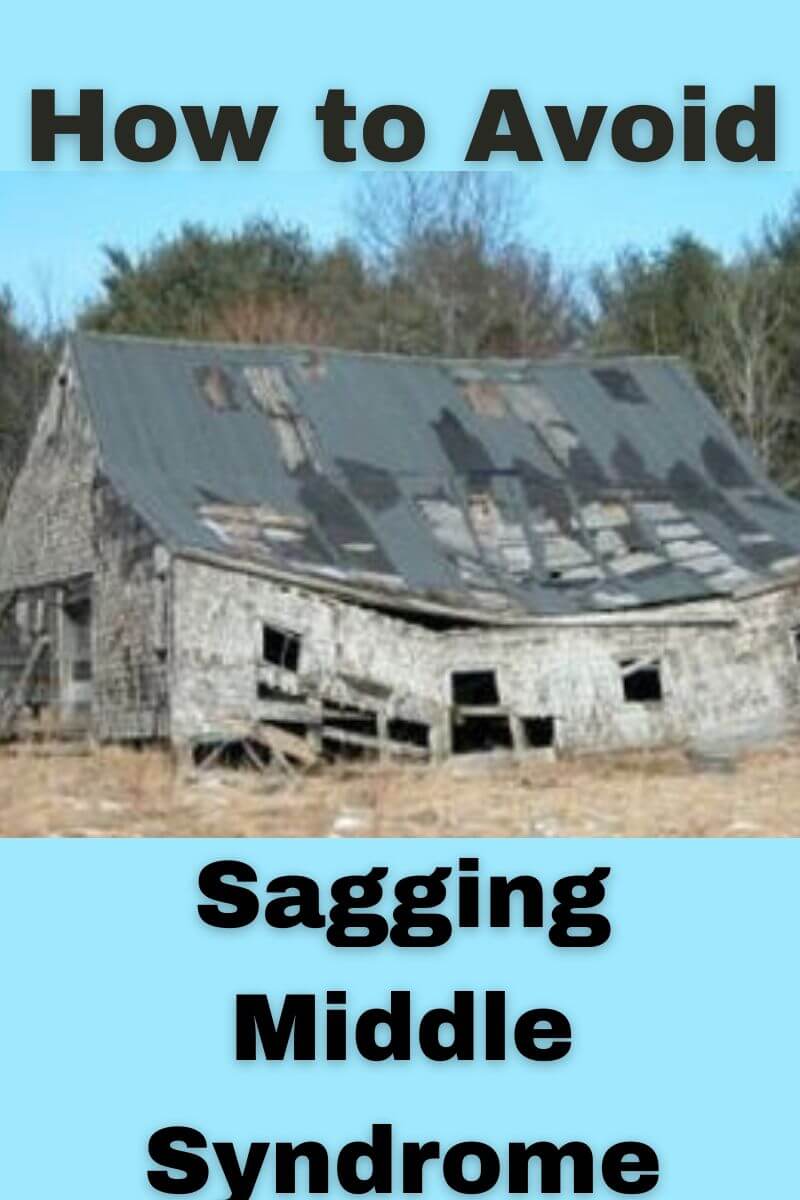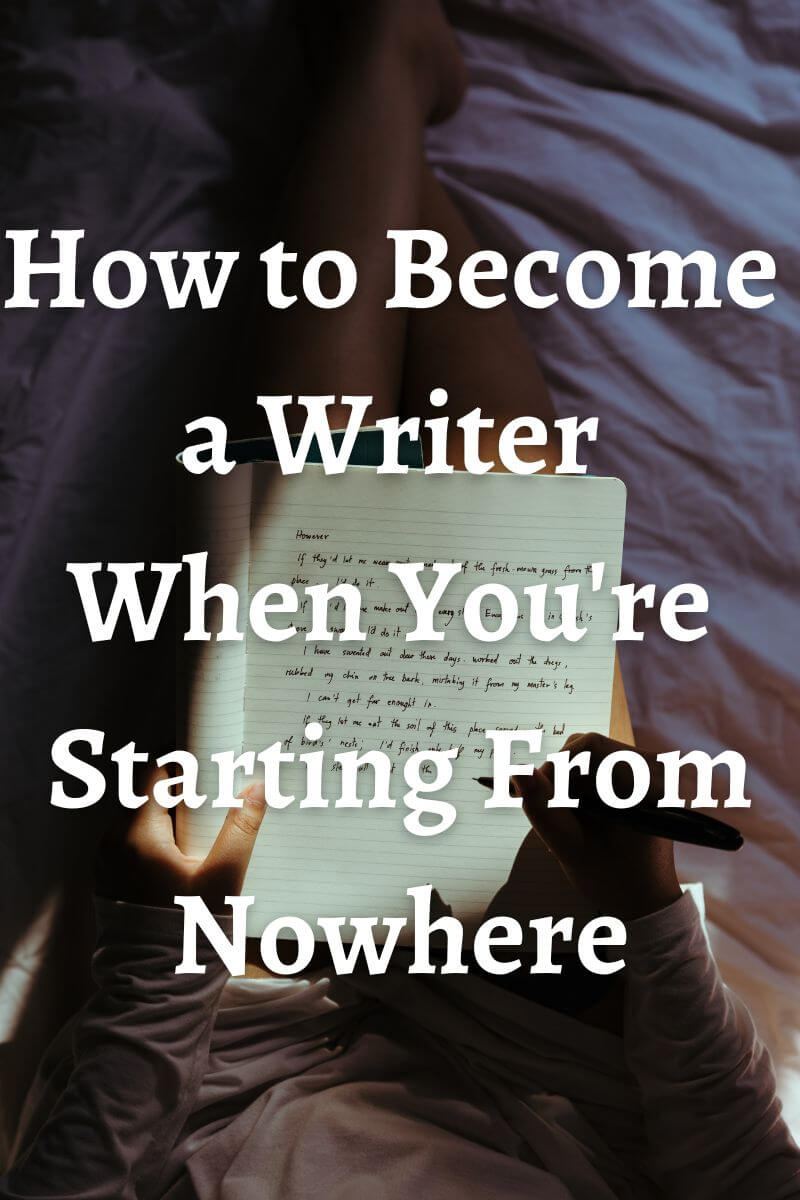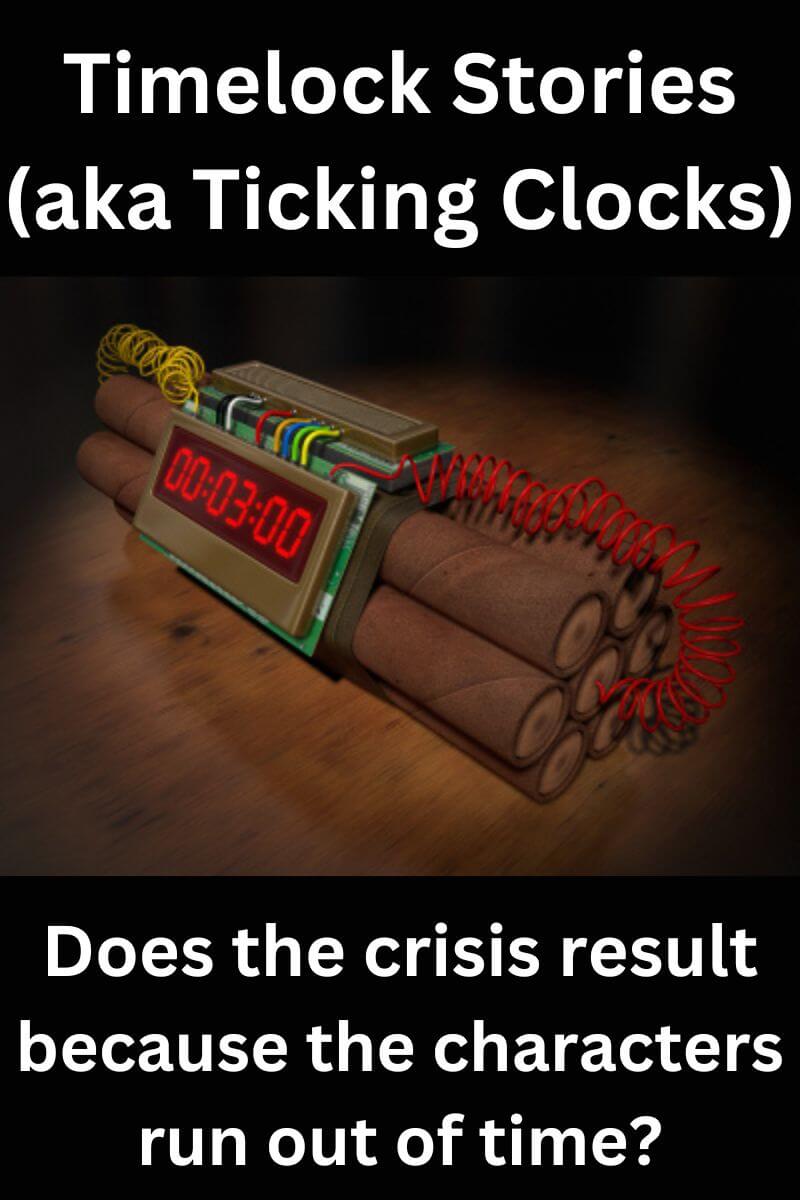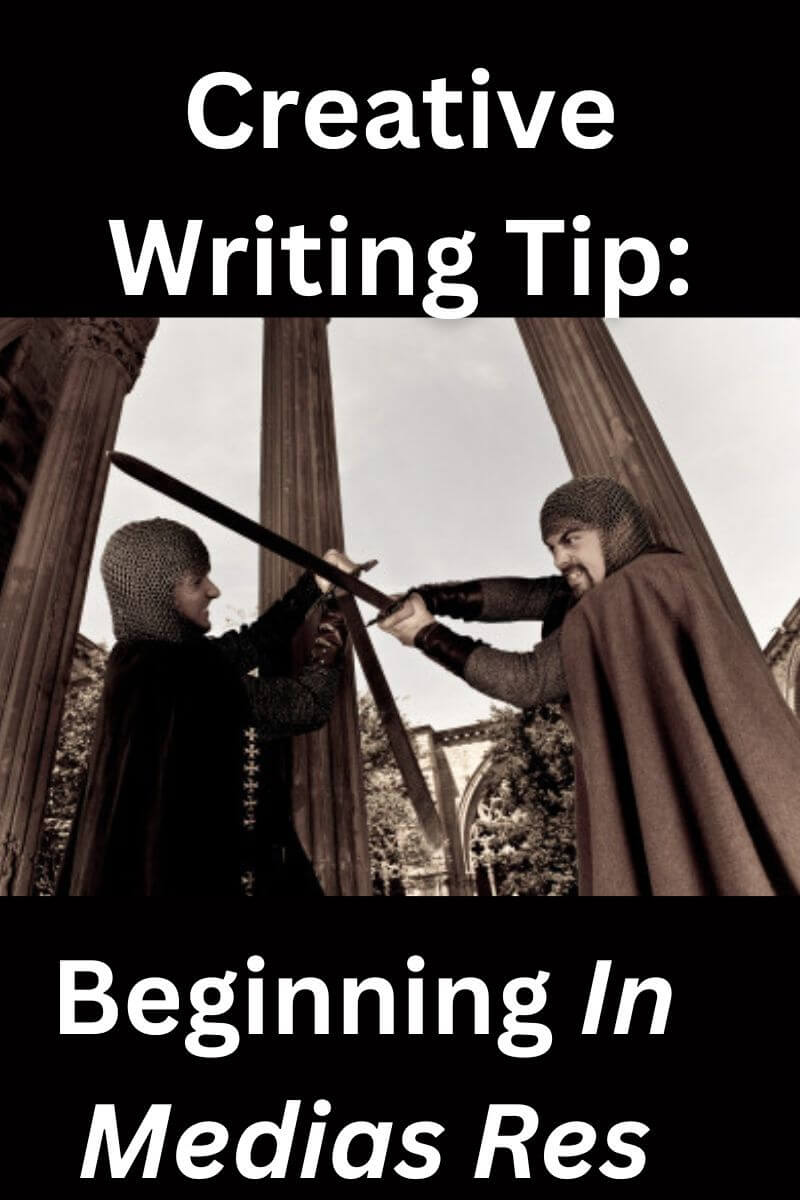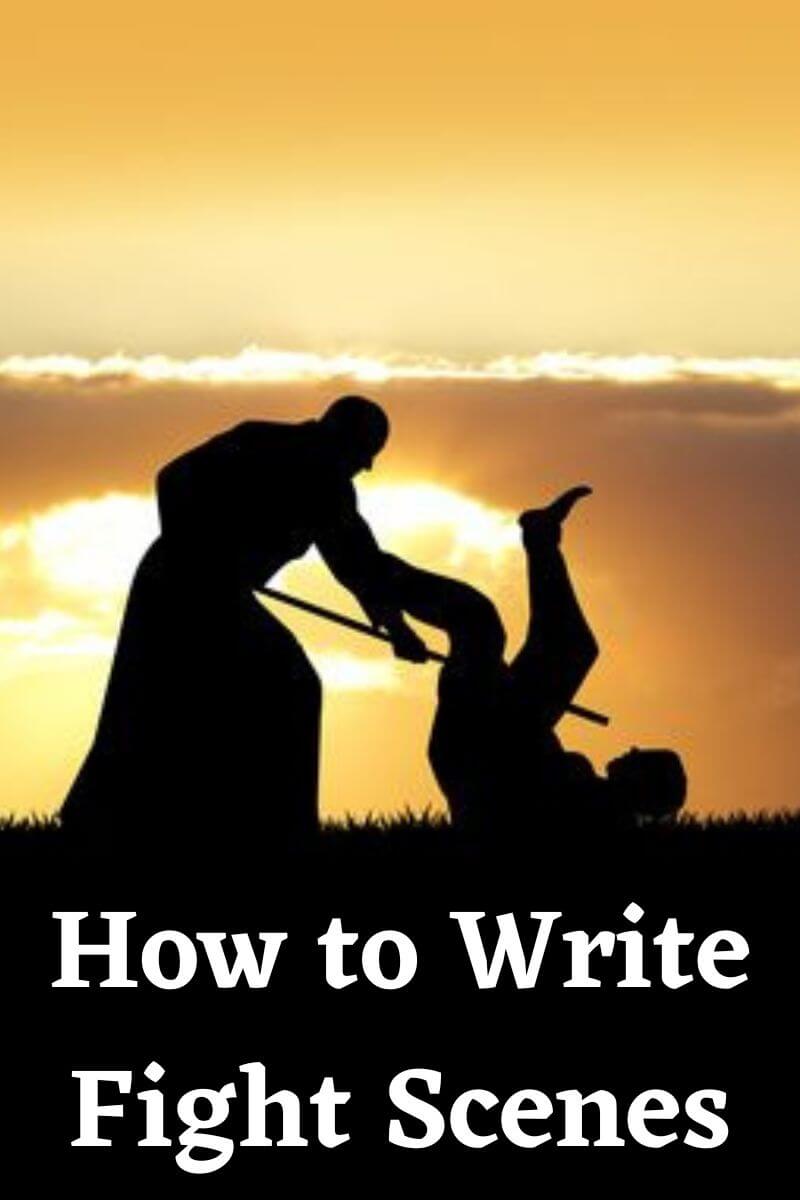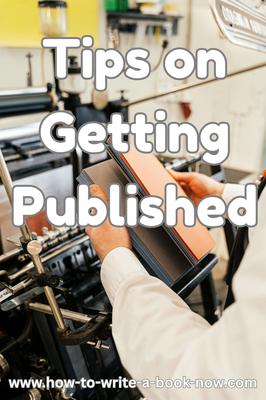The Difference Between Internal and External Conflict
By Glen C. Strathy
Writers sometimes worry about the difference between internal and external conflict and whether they should be focusing on one or the other. While many stories emphasis either internal or external conflict, they are not mutually exclusive. In fact, putting both types of conflict into a story generally makes it more engaging for readers.
But let's take a moment here to clarify the difference between the two and what they contribute to stories.
External Conflict is About Changing the World
External conflict is crucial when writing genre, popular, or plot-driven fiction, and even more so in a series of stories that all feature the same main character.
Stories featuring external conflict are about main characters or heroes who change the world outside of themselves. Changing the world may be their objective from the start. Or they may be drawn into a situation where they must change something in the world to avoid a disaster. Either way, these stories are not primarily about the main character changing themselves. In fact, in a series, it may be important that the main character does not change -- so readers who one story will want to read more stories about the same main character. Each story will send the main character on a different adventure or give them a different problem to solve, but the character's personality does not change in a fundamental way.
The main character in external conflict stories is generally someone who is well equipped to tackle whatever problem they are faced with. The problem will be challenging, but not beyond their ability if they apply themselves. Moreover, the main characters are always more moral or ethical than the villain, which gives the reader a reason to root for them.
One way to understand the difference between internal and external conflict is that external conflict relates to the Story Goal . Dramatica theory sees every story as an effort to solve or resolve a problem that exists in the story world, or achieve an objective that changes the world. The Story Goal is the outcome being sought.
While most of the characters in your story will be involved in or affected by this effort in some way or other, the main external conflict will be between two characters or forces in particular.
The protagonist will be the primary character who pursues the story goal. The antagonist will be opposed to the story goal, will want want the Protagonist to fail, and will do everything in his/her power
to make sure the goal is not attained. Of these two characters, one will be the primary point of view character (or the hero) whose choice/action will determine whether the goal is achieved.
(For a discussion of how the main character
is not always the Protagonist, see
Main Character
.)
In high school literature classes, we were taught that external conflict comes in several varieties:
Man vs. Man (Or to be politically correct Person vs. Person)
Person vs. Nature
Person vs. Society
Person vs. Machine
Person vs. some supernatural agency such as gods, demons, fate, etc.
If the main character is the protagonist pursuing a goal, the antagonist is one of these external entities that opposes the goal and creates an obstacle for the main character to overcome.
Most of the time, a human antagonist is the source of external conflict in a story, simply because conflicts between two human beings are common in life. Conflict between one human being and another is more interesting, partly because the outcome is less certain.
It wouldn't be much of a fight, after all to pit your macho hero against a lowly earthworm – unless you give that earthworm some unnatural abilities to even out the odds.
Similarly, a reader might have a hard time accepting a human who wrestles Mother Nature to the ground, unless Mother Nature had somehow been dethroned and lost all her powers. Battling gods or Nature is a futile endeavour, the subject of tragedy. For instance, in Ernest Hemingway's novel The Old Man and the Sea, the sea is the antagonist that opposes the old fisherman's goal of taking home a prize fish. The sea doesn't do this intentionally. It isn't even possessed of consciousness or intelligence (except perhaps in the man's mind). It's just a force too powerful to be beaten.
If you want to write a story with a happy ending, you want your antagonist to be strong enough to give the protagonist a serious challenge, but not so strong as to be impossible to defeat.
Similarly, in a conflict between a person and society, the odds are firmly in society's favour. Most of the time, a person who fights society will lose (as in novels such as George Orwell's 1984). However, Western culture has a fondness for Protagonists who stand up to society and win (for example, the hero of the TV series, The Prisoner, always manages to resist the will of the society he's trapped in).
Of course, no matter how evenly or unevenly matched your Protagonist and Antagonist are, external conflict alone is not enough to sustain every readers' interest.
Readers come to expect that, in certain popular genres, the main character always wins. The writer's job is to make victory difficult to obtain, perhaps to make it seem as though the main character will lose. But in the end, victory will be obtained, otherwise the story will not be satisfying.
So if all your main character has to contend with is external conflict, the story can be a little too predictable for some people's taste -- even if you portray the external conflict in an interesting and unexpected way.
If you really want to give your story some emotional depth, you need internal conflict.
The Difference between Internal and External Conflict is That Internal Conflict is About Changing Oneself, Rather Than the World
Some genres (e.g. literary fiction) are more focussed on the main character's internal conflict than the external conflict. The difference between internal and external conflict stories is that internal conflict stories are not about the main character changing the world. Rather, they are about the main character growing and changing as a person. An internal conflict story narrates the events that force the main character to a point where they must change or else face dire personal consequences. By personal consequences, I mean unhappiness or a lack of fulfilment -- consequences that have to do with the character's inner state.
A story that is purely about internal conflict tends to be about a character who is self-centred, in the sense that they are focussed on themselves and their internal feelings and experience and not so much about anything in the world outside themselves.
While many readers love stories about internal conflict, many of the most popular stories find a way to include both internal and external conflict. In fact, they use external conflict to create the main character's internal conflict.
Let's say you write a story in which your main character has an external goal or problem they must wrestle with.
The internal conflict in the story will concern your main character's self-doubt over whether they are up to the task of achieving the goal or solving the problem. Are they up to the task? Can they be sure?
Or do they need to change their attitude or their beliefs? Do they need to expand their comfort zone or take a leap of faith? Do they need to try a new approach?
All of us have been in situations where we were outside our
comfort zone, where we were uncertain if our usual way of being or
behaving would be the right way to achieve our goals. We therefore had to struggle with internal conflict at the same time as we were dealing with external conflict.
For instance, suppose you spend several years at university being the life of the party and hanging out with very laid-back, unpretentious, arts majors. Then one day, you have your first job interview with a really big company. This prospect may generate some internal conflict.
How should you present yourself at the interview? Should you change your appearance and personality to look like someone who would fit in with the corporate world? Should you buy a suit and some real shoes, get a haircut, etc.? Is it time to drop swear words and colloquial language from your vocabulary? Maybe you should lose your cynicism about capitalism and the corporate world and start gushing optimism and enthusiasm?
On the other hand, you might decide to stick with who you are. After all, you've had success with your approach in other endeavours. You get along well with people. The interviewers might value honesty over pretension. Maybe this company has a more relaxed atmosphere that rewards individuality and creativity more than conformity? Maybe you would find more happiness working for a company that better fits your values?
Either way, no matter how well you research the company ahead of time, you still won't know for certain the right way to present yourself until you actually get a job offer.
In this scenario, the external conflict is you vs. all the other applicants competing for the job. The internal conflict is your dilemma over the best way to present yourself at the interview.
Readers relate to characters who have internal conflicts as well as external conflicts. More importantly, your main character's internal conflict creates suspense, because readers won't know how he will resolve his personal dilemma until the moment of crisis. Will your main character make the right choice? Will he decide to try a new approach? And who's to say if that new approach will work? Maybe his old approach would actually work better. These questions keep your readers interested in the story.
To repeat: your main character will begin your story with a habitual way of handling problems. However, in the course of pursing the Story Goal and coping with the external conflict, the main character should start to feel internal conflict about whether his way of doing things will result in victory.
So the main difference between internal and external conflict is that the former is concerned with the main character changing themselves while the latter is concerned with changing the world.
The second difference between internal and external conflict is that, in most stories, it is clear that the external world needs to be changed. Very rarely will you see a story in which it turns out nothing needs to be accomplished, because that would make the story seem pointless. Most stories focus on solving the problem, not deciding if it needs to be solved. Knowing what in the world needs to change is easy. Actually changing it is the challenge.
On the other hand, with internal conflict, the main character's challenge is knowing whether or not they should change. Actually changing is usually easy, once the main character is certain they need to do it. The main character's internal arc is about bringing the character to the point where they know whether they need to change or not. That point is the character's personal crisis. Once they know what they must do, they merely need to make a decision.
Use an Impact Character to Create Internal Conflict
The best way to give your main character an internal conflict is to have them encounter an Impact Character – a character with a very different approach to solving problems. Seeing the impact character in action or getting advice from him makes the main character question how he has been doing things. The main character must wonder whose approach is better – his or the impact character's.
For instance, in the above scenario, let's imagine you have a roommate who's also applying for jobs. But unlike you, he fits the corporate mold perfectly. He's the kind of guy who wore a suit and tie to his university classes. He speaks the language of the corporate world naturally and espouses corporate values. Plus, he's so optimistic and confident about his chances of landing the perfect job that you start to wonder whether you should change your style to match his.
If you were writing a novel about such a scenario, you could create more suspense by putting in events that show the advantages and disadvantages of both approaches. But the better the impact character's approach looks, the more often his approach seems to get good results, the more pressure there will be for the main character to change.
Contrary to some schools of thought, the main
character doesn't actually have to change. In some stories, the main character
resolves his internal conflict by sticking with his own approach. In
some stories, this works. In some it doesn't. In some stories,
adopting the impact character's approach works. In some it doesn't.
For more on this, see the article on
Plot Development.
Or for a better understanding of
external conflict
see
Choosing a Story Goal.
- Home
- Storytelling Tips
- Internal vs. External Conflict
Do you have a question about external vs. internal conflict or any other aspect of novel writing? If so, visit our Questions About Novel Writing page to get the answers you need.
